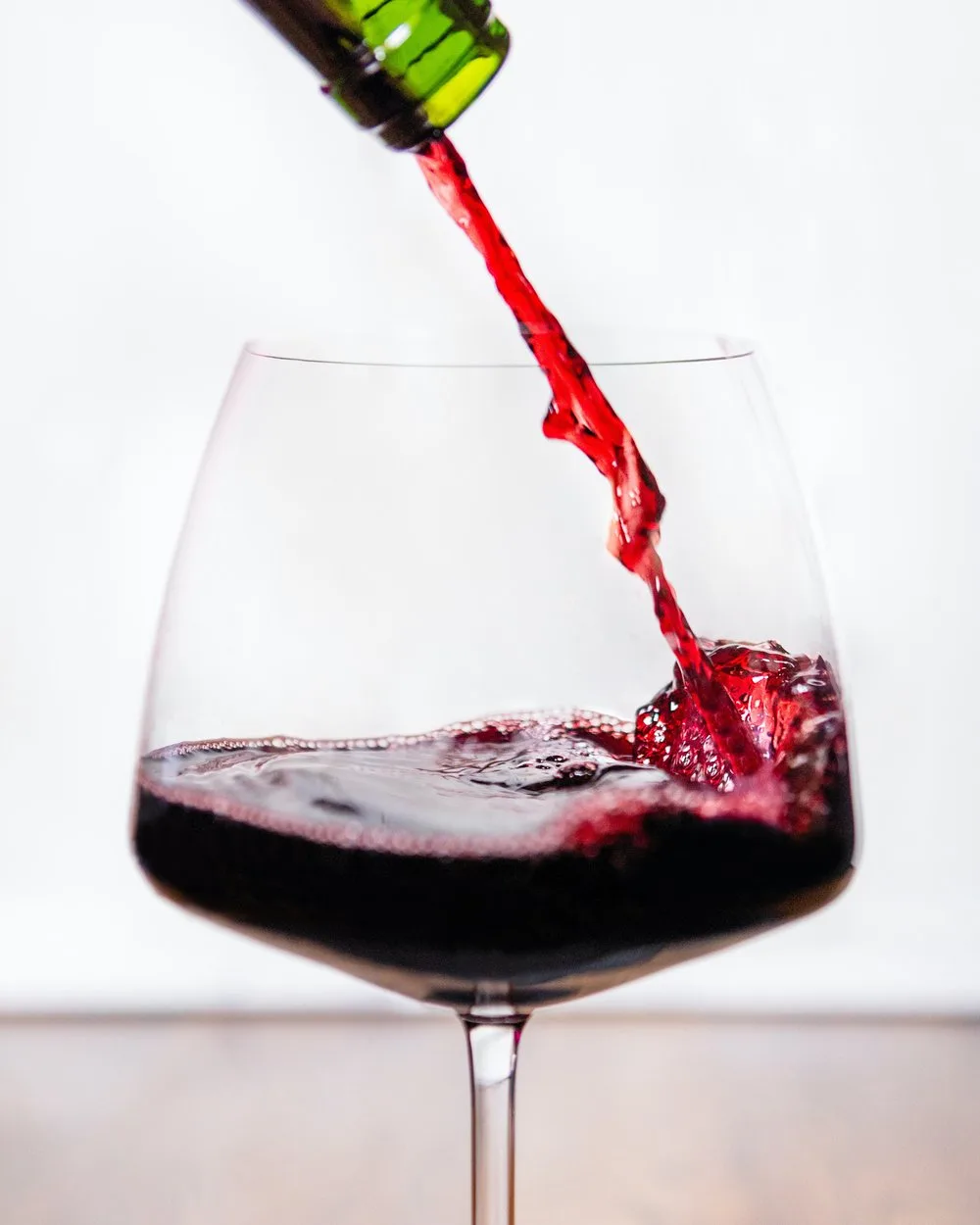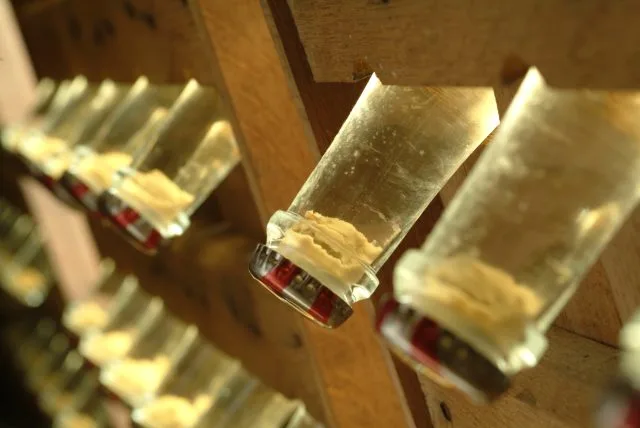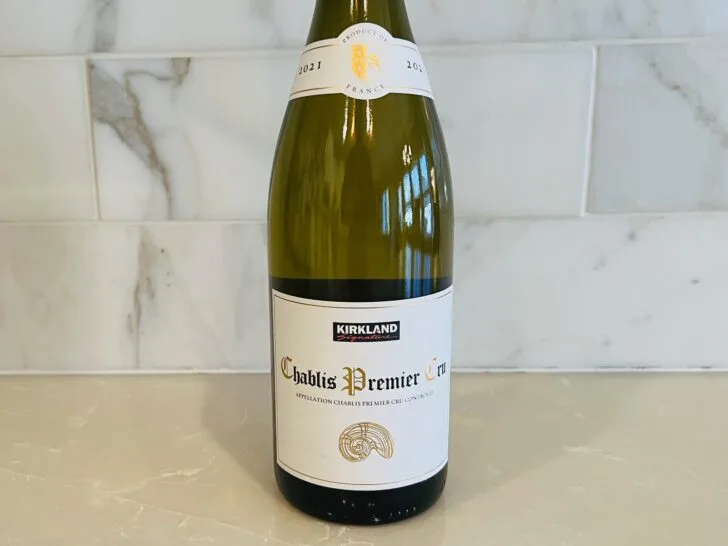Photo by Farhad Ibrahimzade on Unsplash
Last time we looked at the difference between a “Dry” wine and a “Tannic” wine. In the wine world, “Dry” refers to the sweetness, or amount of residual sugar, in the wine while “Tannic” refers to the astringent effect on your palate of the wine that comes from the grape skins, seeds, stems and oak aging.
To recap from last time, the amount of Residual Sugar (RS) in a wine is categorized as follows:
Dry: Less than 1% sweetness or <10 gm/L of RS
Off-Dry: 3% to 5% sweetness or 10-35 gm/L RS
Sweet: Above 5% sweetness or 35-120 gm/L RS
Very Sweet: Above 12% sweetness or 120 – 220 gm/L RS
The final amount of residual sugar in a wine is entirely up to the wine maker.
One thing wine makers can do is to harvest the grapes a bit later in the growing cycle when the grapes have developed more natural sugar. But, even this doesn’t ensure a sweeter wine. In fact, if sufficient yeast is added to the juice of the grapes (the must), it will convert nearly all of natural sugar to alcohol. So, a high sugar content grape juice can actually lead to a dry wine, but its alcohol content will be higher.
It’s also true that many wine makers may choose to include some residual sugar to please a particular customer segment.
Now, it may surprise you but most common varietal wines are indeed “Dry” based on the amount of
This Article was originally published on Ever Wonder Wine






